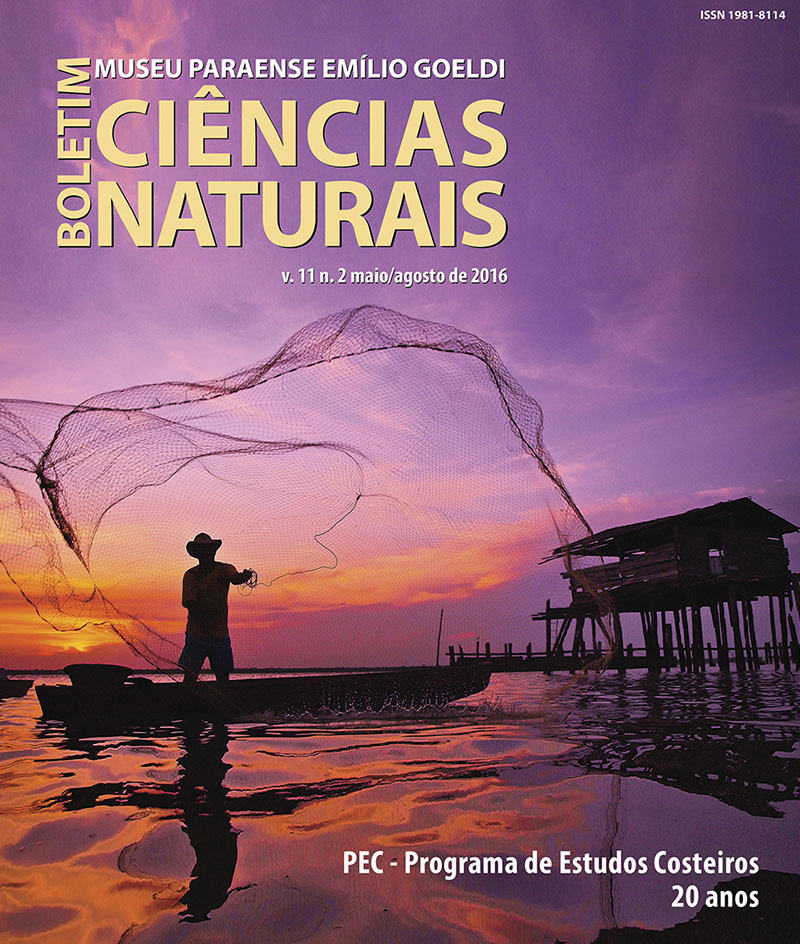The discovery of the Amazonian tree flora with an updated checklist of all known tree taxa
DOI:
https://doi.org/10.46357/bcnaturais.v11i2.431Keywords:
Amazon rainforest, Tree collections, Species rangeAbstract
Amazonia is the most biodiverse rainforest on Earth, and the debate over how many tree species grow there remains contentious. Here we provide a checklist of all tree species collected to date, and describe spatial and temporal trends in data accumulation. We report 530,025 unique collections of trees in Amazonia, dating between 1707 and 2015, for a total of 11,676 species in 1,225 genera and 140 families. These figures support recent estimates of 16,000 total Amazonian tree species based on ecological plot data from the Amazonian Tree Diversity Network. Botanical collection in Amazonia is characterized by three major peaks, centred around 1840, 1920, and 1980, which are associated with flora projects and the establishment of inventory plots. Most collections were made in the 20th century. The number of collections has increased exponentially, but shows a slowdown in the last two decades. We find that a species’ range size is a better predictor of the number of times it has been collected than the species’ estimated basin-wide population size. Finding, describing, and documenting the distribution of the remaining species will require coordinated efforts at under-collected sites.
Downloads
Published
Issue
Section
License
Publication means fully assigning and transferring all copyrights of the manuscript to the journal. The Liability Statement and
Assignment of Copyrights will be enclosed with the notice of acceptance. All the authors must sign the document and return it to the journal.








